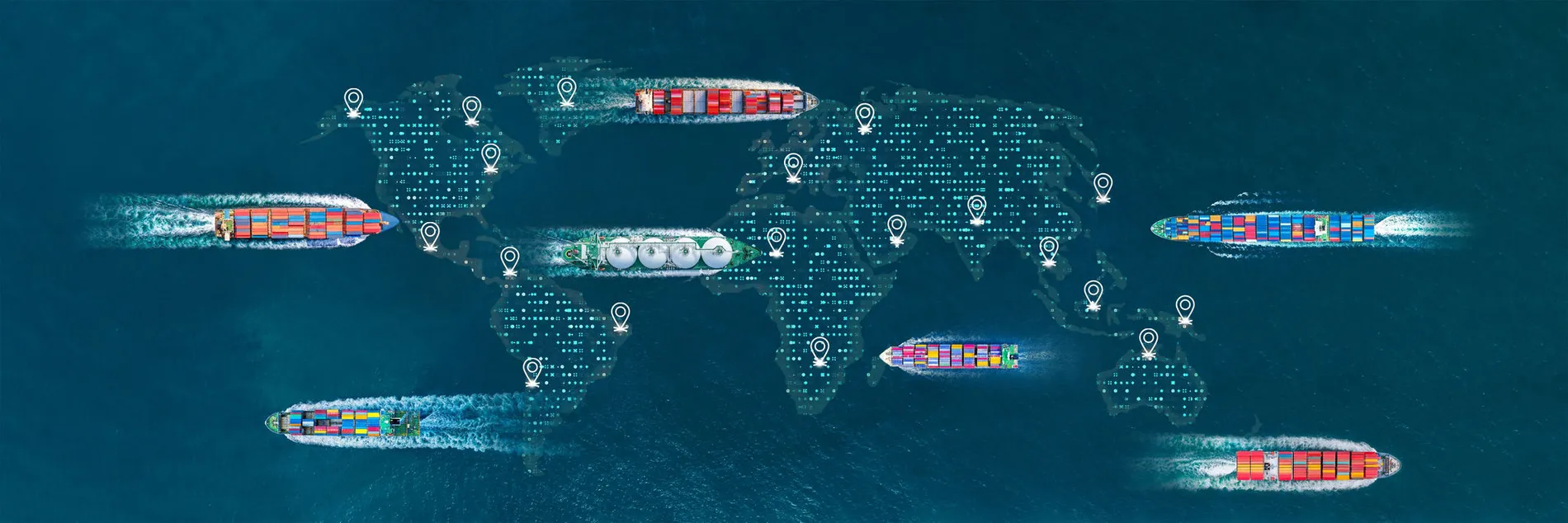
In an increasingly globalized economy, understanding international trade flows is critical for policymakers and economists alike. Traditional trade data have long been used to estimate and predict trade patterns between countries. However, as global value chains (GVCs) have evolved, there has been growing recognition that traditional trade data—based on gross exports—might not provide the full picture. We explore whether the use of Trade in Value Added (TiVA) data in gravity models brings new insights into trade flows. Their findings suggest that while the differences between traditional and TiVA-based models are minor, TiVA data offer a clearer view of the role countries play in global trade.
What Are Gravity Models?
Gravity models of trade are a popular tool for analyzing bilateral trade flows between countries. They take into account factors like economic size and distance to predict the volume of trade between two nations, using the analogy of gravitational pull: larger economies and closer countries tend to trade more with each other. These models have been widely applied using traditional trade data, which record the total value of goods and services exported between countries.
However, in today’s global economy, where products often cross multiple borders before reaching their final destination, traditional trade data can be misleading. For instance, a car assembled in Germany may include parts produced in several other countries. By counting the total value of the car as a German export, traditional trade data obscure the contributions made by other countries along the supply chain.
The Role of TiVA Data
Trade in Value Added (TiVA) data, compiled by the OECD, offers an alternative approach by tracking the value added by each country involved in the production of a good or service. This method provides a clearer picture of how much economic value is actually created by each country in a global supply chain. As GVCs have become more prominent, TiVA data has gained importance for understanding international trade.
The question we sought to answer is whether using TiVA data in gravity models leads to different—and potentially more accurate—results compared to traditional models based on gross exports.
Key Findings: Traditional vs. TiVA-Based Gravity Models
Gravity models have been applied to a large dataset of 66 countries, including both OECD and non-OECD members, over the period from 1995 to 2018 with both traditional trade data and TiVA data to estimate trade flows and to compare the results.
Surprisingly, the differences between the two types of data were minor. In both traditional and TiVA-based models, the factors that influence trade—such as economic size, distance, common borders, and language—remained largely the same. However, the use of TiVA data did offer a few nuanced insights, particularly for countries that play a major role in global value chains.
For example, countries like China and Germany, which are central hubs in GVCs, showed slight differences in trade patterns when analyzed with TiVA data. These countries add significant value in the production process, which is better captured by TiVA than by traditional trade data. On the other hand, for smaller economies or countries less integrated into global supply chains, the differences between the two datasets were minimal.
Why Do the Differences Matter?
While the overall results of the two models were similar, the use of TiVA data allows for a more accurate assessment of a country’s role in global trade. In particular, TiVA data helps to differentiate between countries that are heavily involved in value-added activities (such as research, design, and high-tech manufacturing) and those that primarily engage in labor-intensive production.
This distinction is important for policymakers who want to understand their country’s position within GVCs and make informed decisions about trade policy, investment, and industrial strategy. For example, a country that relies on exporting raw materials might look like a major exporter in traditional trade data, but TiVA data would reveal that much of the economic value is created elsewhere along the supply chain.
Policy Implications: Understanding the Full Picture
The study highlights the need for policymakers to go beyond traditional trade data and consider TiVA when analyzing trade flows and developing economic strategies. While the differences between traditional and TiVA-based models may seem minor, they are critical for understanding the full picture of global trade dynamics—especially for countries deeply embedded in GVCs.
For trade negotiations, investment decisions, and efforts to boost national competitiveness, using TiVA data can help countries better target industries and sectors where they truly add value, rather than focusing solely on gross exports.
Conclusion: A Better Tool for a Complex Trade Landscape
The global trade landscape is complex, and traditional methods of analyzing trade flows can miss important details about how value is created and distributed across borders. While gravity models using TiVA data do not drastically change the overall picture of international trade, they provide a more nuanced understanding of a country’s role in global value chains.
We show that incorporating TiVA data into gravity models can offer policymakers better insights into their countries’ real contributions to global trade, helping them make more informed decisions in an increasingly interconnected world.
Fertő, I., Kheyirkhabarli, M., & Sass, M. (2024). Gravity models with TiVA data: do they bring new results?. Applied Economics Letters, 31(8), 702-705.
https://doi.org/10.1080/13504851.2022.2145010


